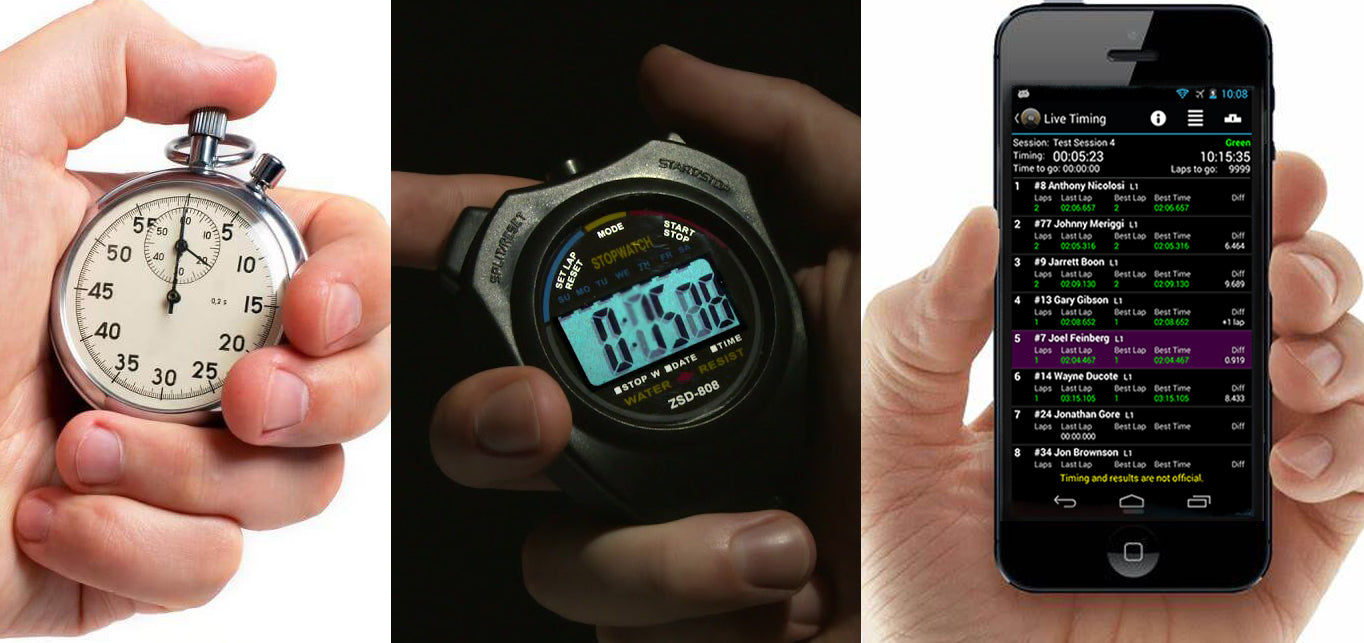Your Cart is Empty
Nothing today is driving up the cost of everything more than inflation, but inflation is not the only cause of cost creep in motorsports. Faster lap times are often a sign of trouble, and behind that sign is someone saying, "Let racers race." This person is either guarding an advantage, thinks he has the only car that will go faster, or is a spectator that likes to watch a disaster unfold. When an organization opens the rules to appease the "let 'em race" minority, it is like letting kids play with a grenade because it makes them happy. Open rules work until competition and technology converge, then the cycle becomes self-destructive because technology never costs less, and nobody likes to lose. The gains of technical innovations are short-term because, sooner or later, everyone either has them or quits. The good old days were only good because we knew less. Anyone could ruin a past division in one season with a time machine.
Manufacturers can't control the cost of racing because of the free market and competition, and if they try to do so, they are called outdated or lazy. Likewise, the racers are compelled to buy whatever equipment is required or will give them an advantage. The secret is that whoever controls the rulebook determines everything. The rule book decides what manufacturers make, what racers buy, and what fans see. It boils down to a simple principle. Allow some choices, but give an advantage to the most affordable of each option. A common mistake is regulating multiple components to be equal because racers will not choose one, but one of each. Suppose each rule favors the highest-value option. In that case, all racers will migrate to the same choice without a fight. Any competitor can potentially win with the cheaper thing if they all have the same thing. The racer gets a higher-value car, the organization has more entrees, the tech inspector's job is more manageable, and the manufacturers sell more high-value products. If these rules remain stable, used cars will stay competitive, and the second half of your class will buy from the first half at a lower price point; this doesn't happen when bad rules make older cars obsolete.
Organizations must also decide if their purpose is entertainment or participation. They must write the rules to entertain an audience and attract sponsors if it is entertainment. If the race's purpose is only participation, this limits sponsorship to manufacturers of products used by competitors. This model can be cannibalistic since manufacturers must pass on the cost to the racers, who will consequently have less money to enter races. This business model is like a slot machine, which is okay as long as the competitors enjoy pulling the handle as much as they do feeding the machine. Economists call this "Utility Expectation," but long-time racer Tommy Archer more accurately calls it "The Fun Meter." When the fun meter drops, so do the race entries. With these simple ideas, we hope that more organizations put this type of consideration into their rules to limit faster lap times to be a sign of individual effort rather than a sign of rising cost.
